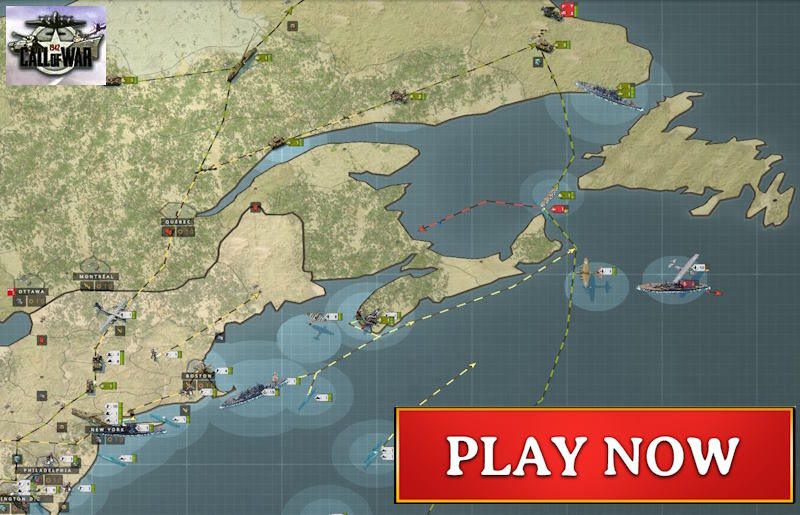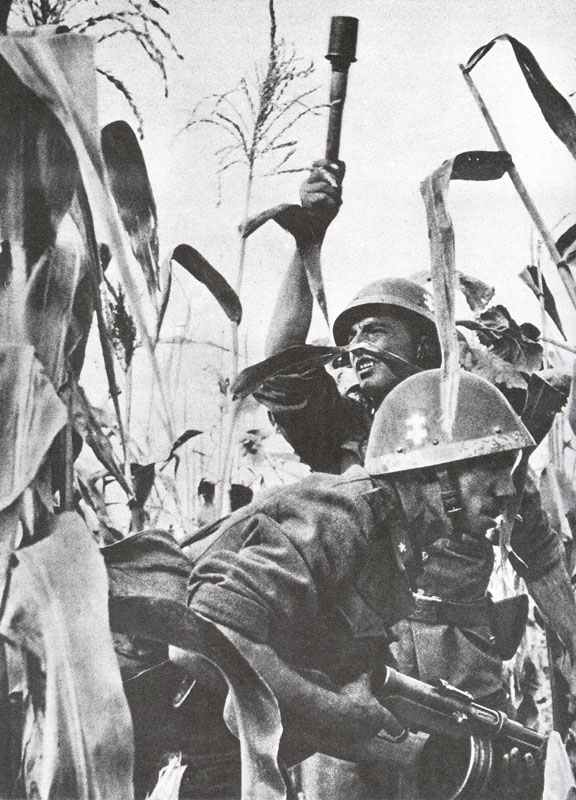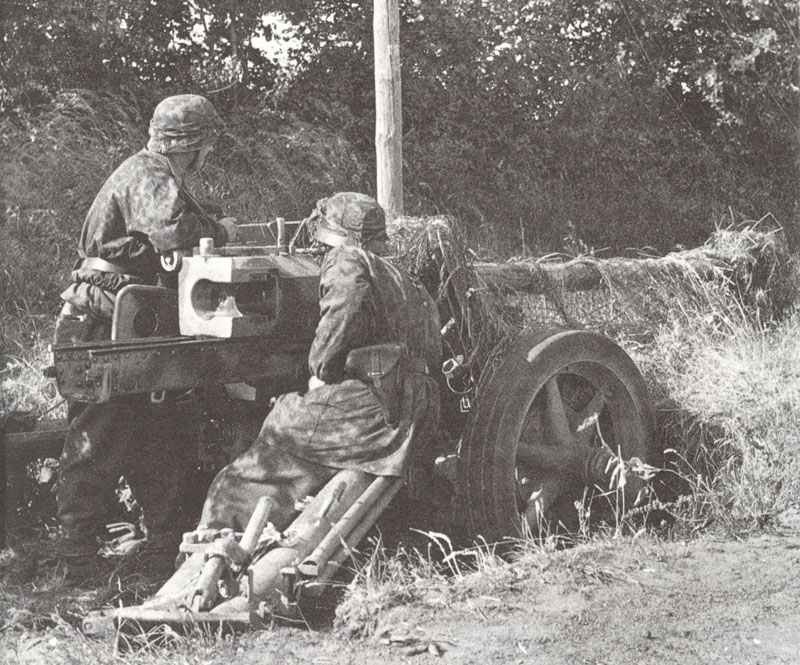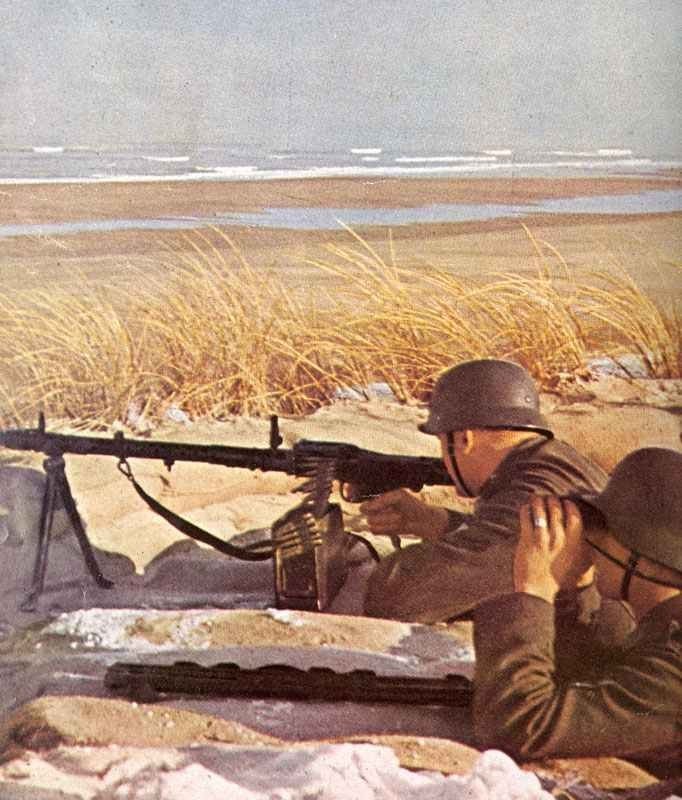Second World War, overview of the course of the ‘Axis high tide’ from 1941 to 1942 (Part II).
Mediterranean theater, Russian campaign, the global conflict and ideological war.
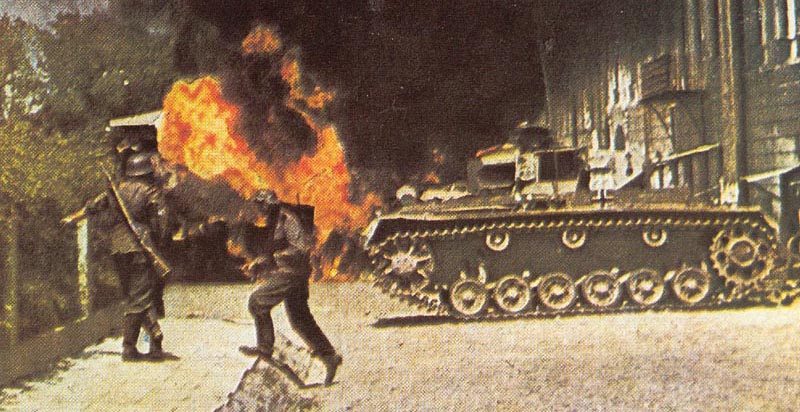
 Here to Part I: Second World War overview 1939-40.
Here to Part I: Second World War overview 1939-40.
Mediterranean
Table of Contents
With the attack on the Soviet Union, Hitler wanted to realize his old dreams of conquering new ‘living space’ for the Germans. Therefore, he had Operation Barbarossa planned and prepared as early as autumn 1940. The scheduled date for the beginning of the invasion was May 1941, which was shaken by unexpected events in the Balkans.
The failure of the Italian army against Greece led to the Greek armed forces conquering half of Albania. In addition, there was a coup in Belgrade after Yugoslavia joined the Tripartite Pact between Germany, Italy and Japan on 25 March 1941.
Hitler had to intervene militarily in order to prevent the British from being settled in Greece, and this was actually planned with Yugoslavian help. Now the Balkans campaign had to be led against both states.
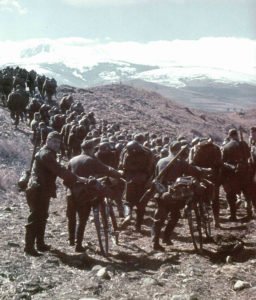
The attack began on 6 April 1941 and the fighting ended as expected quite quickly in the same month.
The airborne invasion of Crete in the second half of May, however, demanded high losses, but obviously ended the campaign.
From now on, however, strong German troops remained tied down on the Balkans alongside the Italians and Bulgarians, as a fierce partisan war soon broke out under the leadership of Josip Broz Tito, especially in the rugged regions of Yugoslavia.
The Mediterranean region now also became a German theater of war, since after heavy defeats of the Italians against the British in North Africa, Rommel’s Afrika Korps was sent to Libya from the end of 1940 to support the unfortunate allies. The latter succeeded in boldly chasing away the British army, regaining the Egyptian border and placing Tobruk under siege.
Russian campaign
The Balkan campaign led to a delay of the Operation Barbarossa, which should not remain without significant consequences. Therefore, the attack on the Soviet Union did not take place until the dawn of 22 June 1941, when the largest military force in military history set itself in motion. Hitler had more than three million men deployed for the Russian campaign and Stalin seems to have completely ignored this threat until the end despite all warnings.
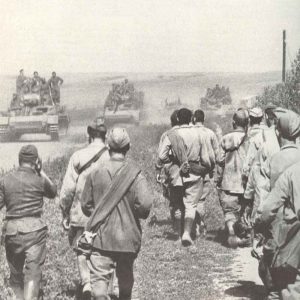
Not least for this reason, a tremendous catastrophe struck the Red Army in 1941, which lost hundreds of thousands of prisoners of war and masses of war material in gigantic pocket battles.
These events initially and for the last time led the German leadership to believe that the war had almost been won and seemed to confirm the bad impression of the Red Army that had prevailed against Finland since the Winter War.
However, the vast distances of Russia and it’s almost inexhaustible reservoir of people, the strategic wrong decision of the German supreme leadership and the criminal treatment of the ‘subhumans’ in the East immediately after the outbreak of war, which never extinguished the will of resistance, saved Stalin’s Soviet Union.
When the Kremlin in Moscow was already in sight of the scissor telescopes of the foremost advance troops and the German soldiers tried once again to end the campaign victoriously in 1941, Russia’s strongest ally joined them with the freezing winter.
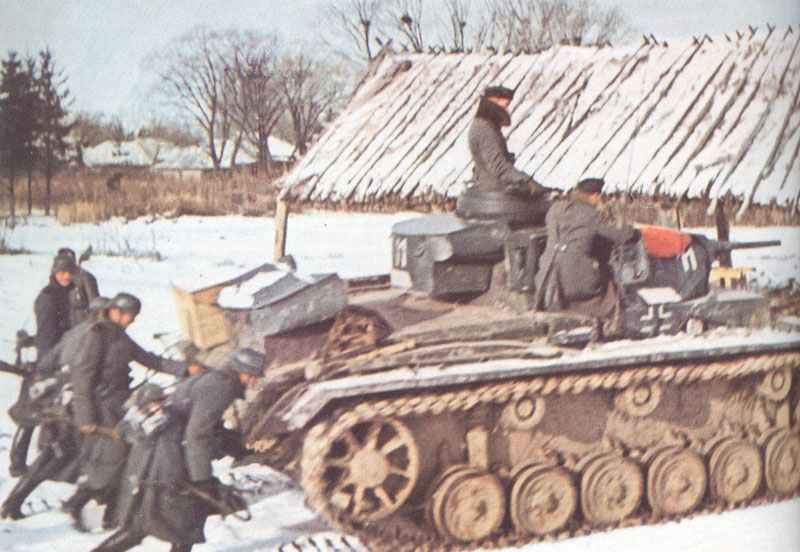
Thus Stalin’s ignorance of the threat was balanced out again by Hitler’s frivolity. At the latter’s behest, the German soldiers were sent off without winter equipment or sufficient reserves and reinforcements, for before the onset of winter everything should be over – or ‘had to be over’, for otherwise everything would be lost anyway, as the German leader was well aware in clear hours. Hitler’s character, however, ignored this in increasing self-deception until the end.
Thus, the early onset of winter caused the decisive German attack on Moscow to get stuck in the snow and Marshal Zhukov was able to start a surprising counter-offensive on 5 December 1941 with Soviet soldiers well-equipped for the winter. Three days later, the Fuehrer instruction No. 39 was received, in which the ‘transition to defense’ was ordered.
This was only the symbolic turn of events of the Second World War, as the German troops still had almost the whole of Europe under their control, but it was the actual turn of events.
Global conflict
In the meantime the war became a real world war, because on 7 December 1941 a Japanese aircraft carrier fleet attacked Pearl Harbor and the United States was now officially at war.
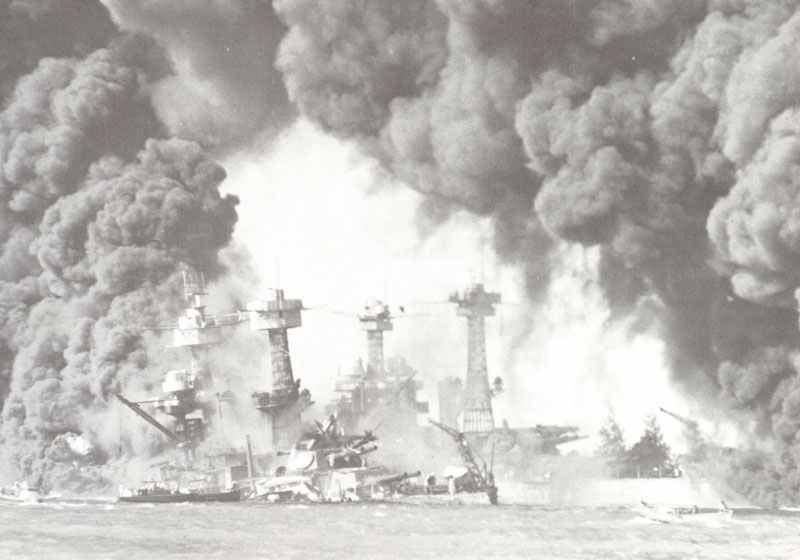
The tensions between the Japanese and Americans had been growing for many years over the situation in the Pacific. Japan had already begun its expansion in East Asia in 1931 with the occupation of Manchuria.
Since 1937 Japan was in an undeclared war with National-China under Chiang Kai-shek and from now on they stood in the way of American export interests, because China was an important market. Since then, there have been repeated and increased frictions between Washington and Tokyo.
This is why US President Roosevelt, who ruled from 1933 to 1945, was interested in a warlike decision for supremacy, both in Asia and in Europe. For this he imposed conditions on the Japanese Empire which the proud Japanese could not possibly fulfil without losing face. In Europe, he supported since the beginning of the Second World War Great Britain, like France until its defeat, so one-sided with weapons, equipment and goods and let an ‘undeclared war‘ be waged in the Atlantic, so that Hitler inevitably had to be challenged.
After the Japanese realized that no acceptable solution in negotiations was possible for them, they decided to attack Pearl Harbor in order to eliminate the US Navy at the beginning of the war in the Pacific. This attack, secretly longed for by Roosevelt, united the original war unwilling American people behind their president, who could thereby declare war on Japan.
The situation was more complicated vis-à-vis the German Reich, but Hitler relieved the US President of this problem by declaring war on the USA by himself as if on acclamation.
High tide of the Axis powers
Nevertheless, the first year of the complete global conflict once again saw great successes for the Axis powers. The Japanese, who were initially seriously underestimated by the Americans, conquered all of Southeast Asia and the Western Pacific in a ‘Blitzkrieg’ style at sea and in the air.
The Wehrmacht, together with its allies Romanians, Hungarians, Italians, Slovaks and Croats, advanced as far as the Volga to Stalingrad and the Caucasus under the operation code name Fall Blau (case blue), while Rommel in North Africa could finally capture Tobruk and reach the narrowness of Alamein in Egypt on the way to the Nile.
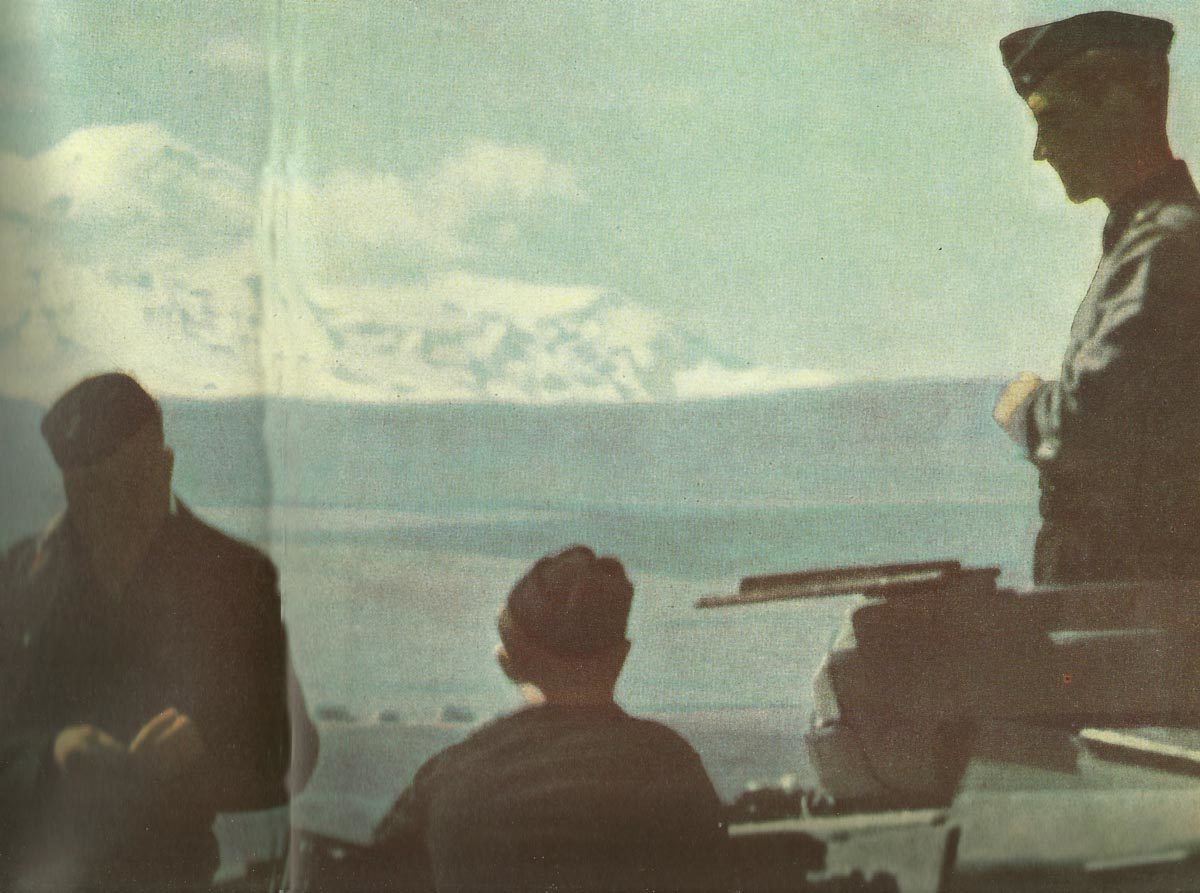
In the summer of 1942, however, the ‘high tide’ of the Axis powers was reached and the tide turned.
At first the Japanese suffered a self-inflicted and superfluous, but all the more devastating, defeat in the Battle of Midway in June 1942.
Subsequently, the Americans, with their increasingly powerful material and technical superiority, began to shrink the overstretched Japanese conquered area by ‘island hopping’.
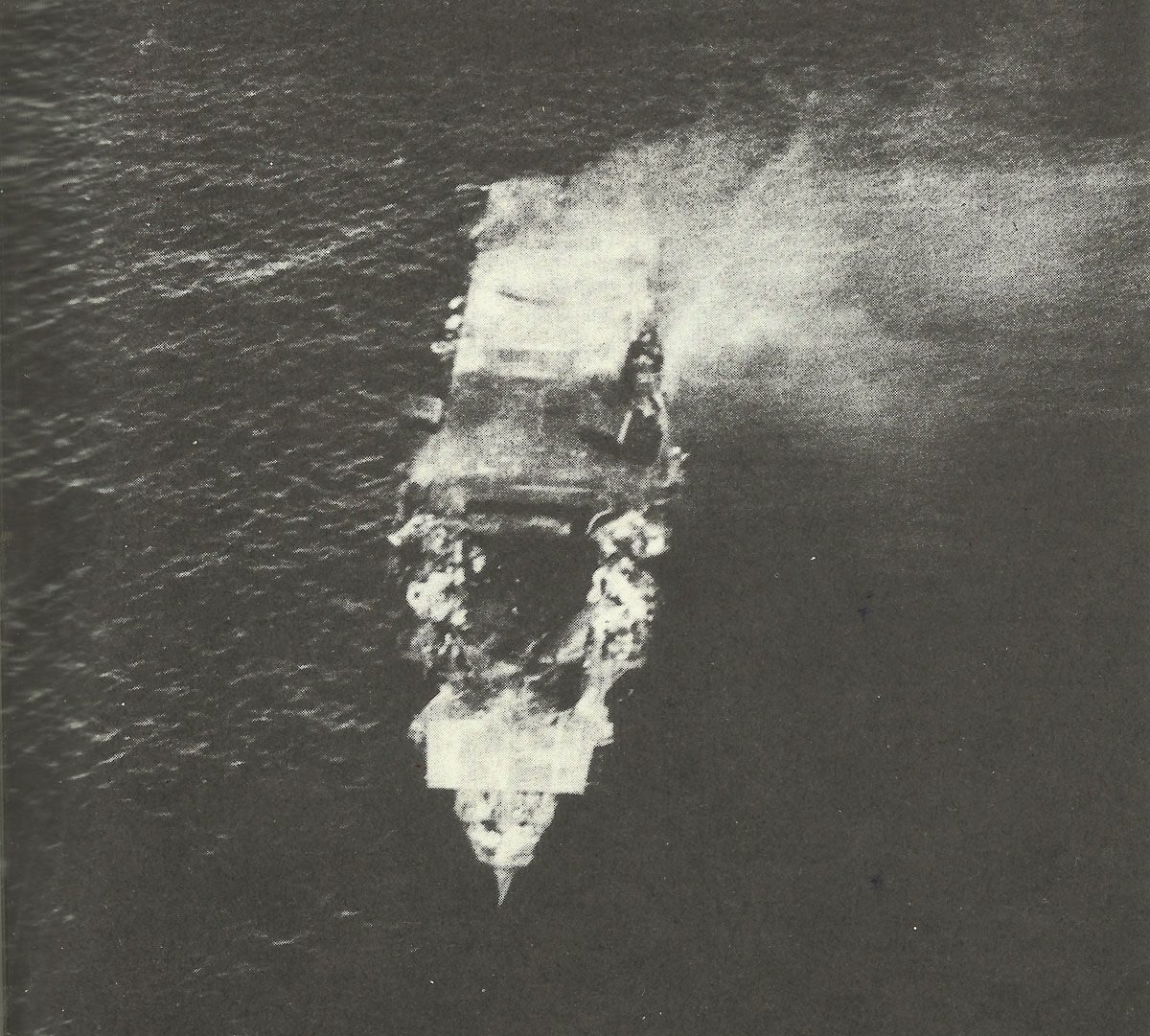
Hitler, for his part, was fixated on the struggle for Stalingrad and wanted to conquer the city that bore the name of his hated adversary, at any cost, without paying attention to the operational proposals of the Generality.
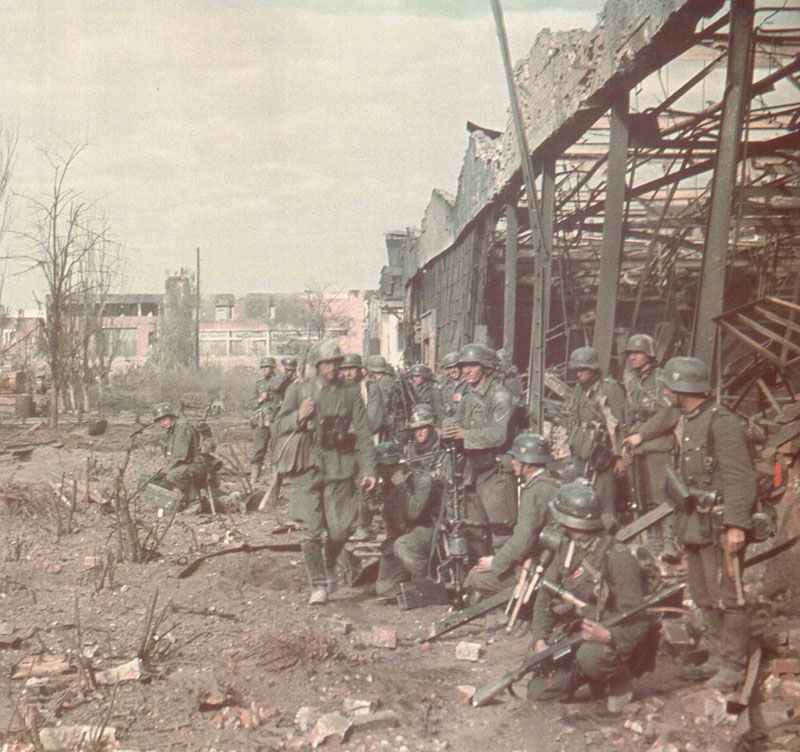
Thus, his interest in Rommel in North Africa diminished as this one was pushed far forward to the position near Alamein, which could only be supplied with the greatest effort. Therefore, the new British commander-in-chief in Egypt, Montgomery, was finally able to break through the German-Italian defensive positions at the Second Battle of Alamein on 23 October and force the Afrika Korps to finally retreat.
When the Anglo-Americans landed in neutral French West Africa with the Operation Torch on 8 November, it was clear to Rommel that the campaign in Africa was finally lost, and he withdrew towards Tunisia.
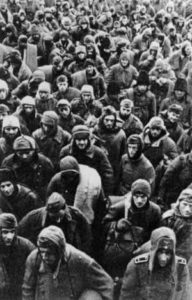
On 19 November 1942, the Soviet Marshal Zhukov finally began his counter-offensive against the Romanian armies, which covered the flanks of the German 6th Army in Stalingrad. The Romanian troops were not up to the Red Army and so the German 6th Army was trapped in Stalingrad.
Caught in his own announcements and promises, Hitler demanded that the troops in Stalingrad defend every square yard of ground and be supplied by air. The relive attempt of von Manstein’s Panzer units almost reached the pocket, but the outbreak was refused by the supreme leadership and was not dared by those responsible on site. Since also the air supply promised by Goering remained far behind the requirements, the 6th Army was lost and surrendered until the end of January in Stalingrad.
Together with the likewise enormous losses of over 250,000 men in Stalingrad itself, the Romanian, Hungarian and Italian armies also suffered catastrophic losses, which made the symbolic turn of the war of winter 1941-42 the now visible one. This was followed by the slow and unstoppable German retreat to the West in the direction of the starting lines of summer 1941.
Ideological war
The merciless struggle in the East, ideologically propagated by Hitler as ‘Weltanschauungs-Krieg’ (ideological war), naturally also included the civilian population in the occupied territories. For Nazis, the Slavs were only ‘subhumans’ and only capable of doing the lowest work for their new masters. For this reason, the population in the conquered Eastern territories was degraded and exploited.
Although the German soldiers were initially mostly welcomed by large parts of the population out of hatred of Stalinism and forced collective agriculture for the peasants, when Hitler’s commissioners began to implement their instructions, this naturally led to resistance and promoted the partisan movement.
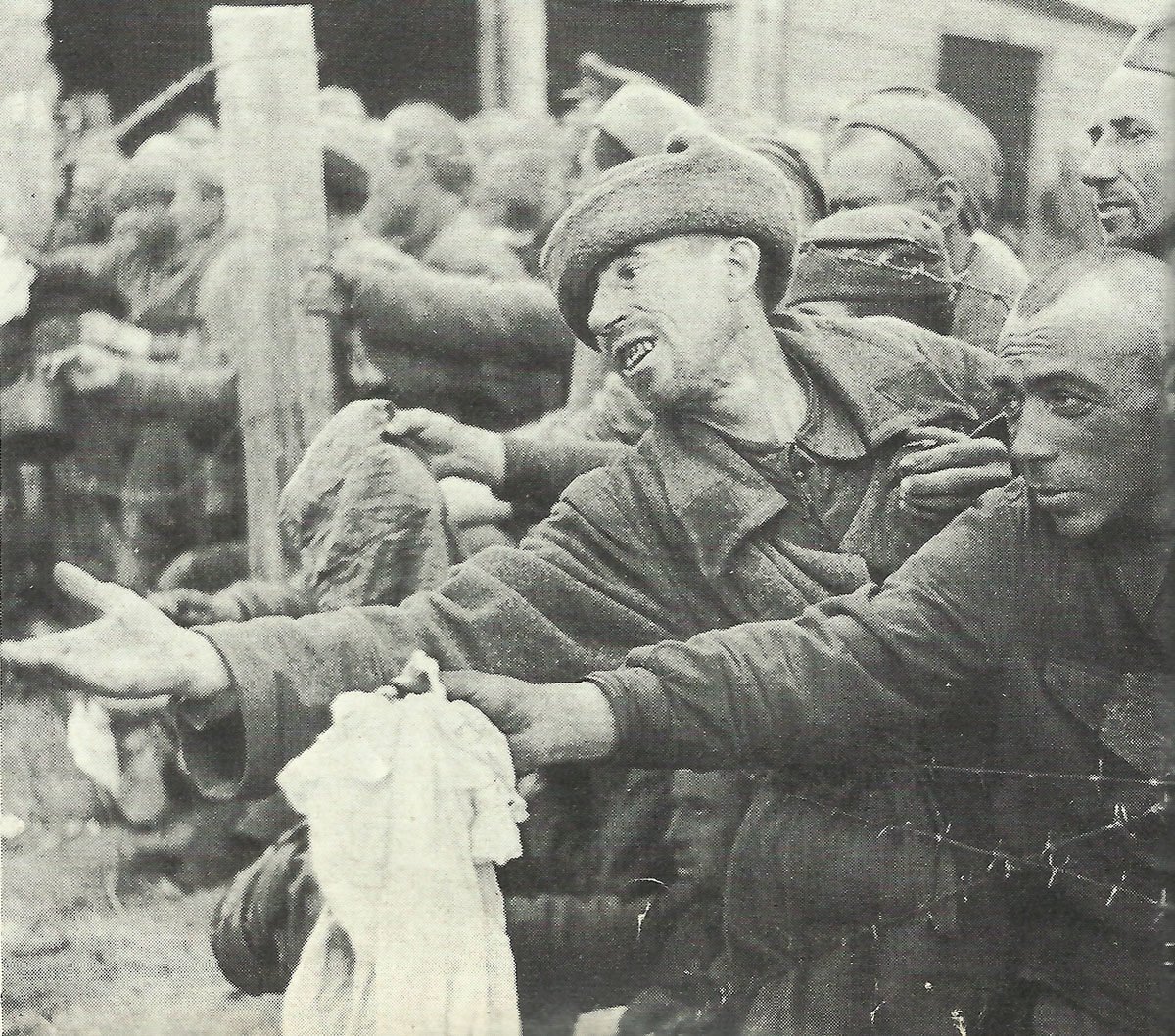
The German terror became even more obvious when already in autumn 1941 security units and special squads behind the front in the East began to murder masses of Jews, Communists, captured Commissars and other ‘undesirable’ elements.
Before that, Jews had already been transported from Germany and Western Europe to the conquered Eastern regions, where the already overcrowded ghettos in Poland were bursting. Now the construction of extermination camps in occupied Poland began.
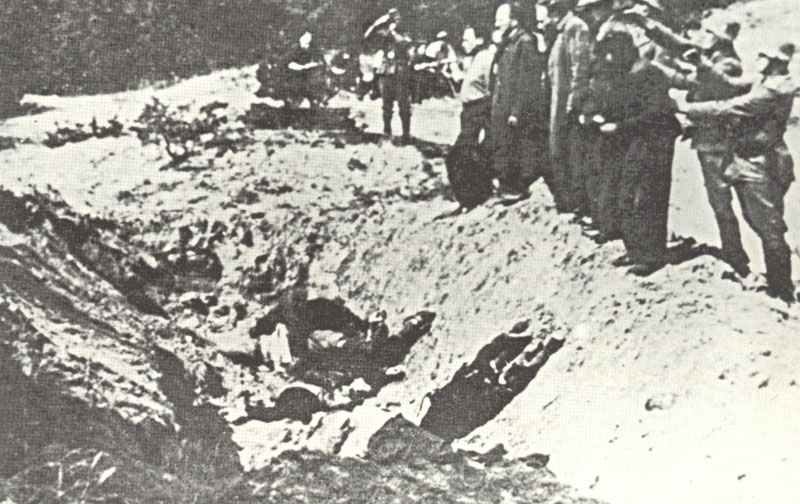
The ‘Final Solution of the Jewish Question‘ was decided and organized at Hitler’s request on 20 January 1942 at the Wannsee Conference under the leadership of Reinhard Heydrich, head of the Gestapo. Starting in 1942, the inhabitants of the Jewish ghettos were taken to the extermination camps and killed. Until the end of 1944 the majority of the remaining European Jews and gypsies in the German sphere of power followed.
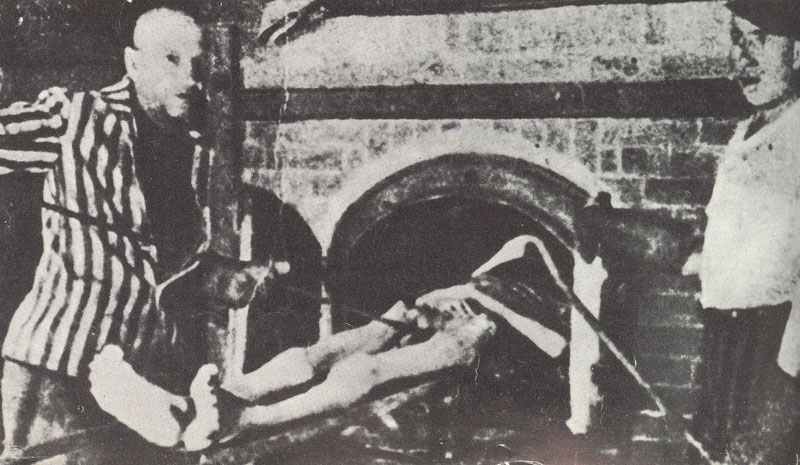
At least 6 million were victims of this extermination machinery. From 1939 to 1941 there were also about 100,000 mentally ill people from Germany who were killed as part of the ‘Euthanasia Program’.
 Here to Part II: Second World War, overview of the course from 1943 to 1945 with the defeat of the Axis powers by the Allies.
Here to Part II: Second World War, overview of the course from 1943 to 1945 with the defeat of the Axis powers by the Allies.
References and literature
Der 2. Weltkrieg (C. Bertelsmann Verlag)
Zweiter Weltkrieg in Bildern (Mathias Färber)
A World at Arms – A Global History of World War II (Gerhard L. Weinberg)
Illustrierte Geschichte des Dritte Reiches (Kurt Zentner)
Unser Jahrhundert im Bild (Bertelsmann Lesering)


